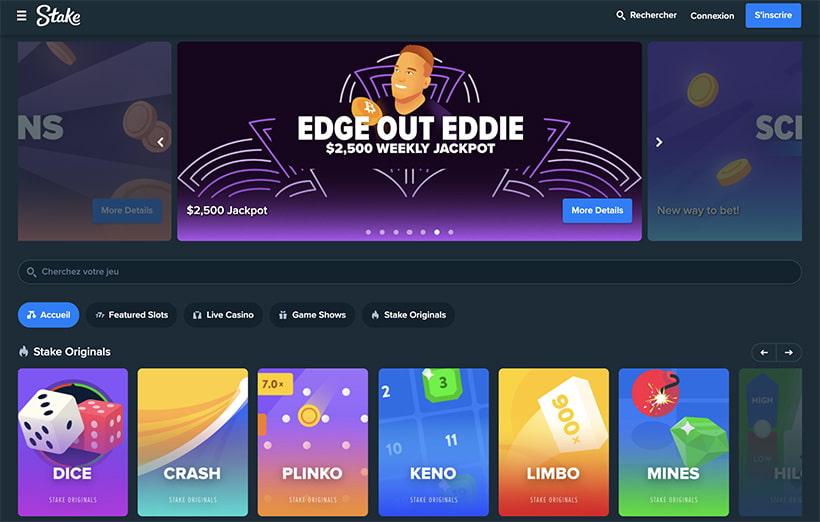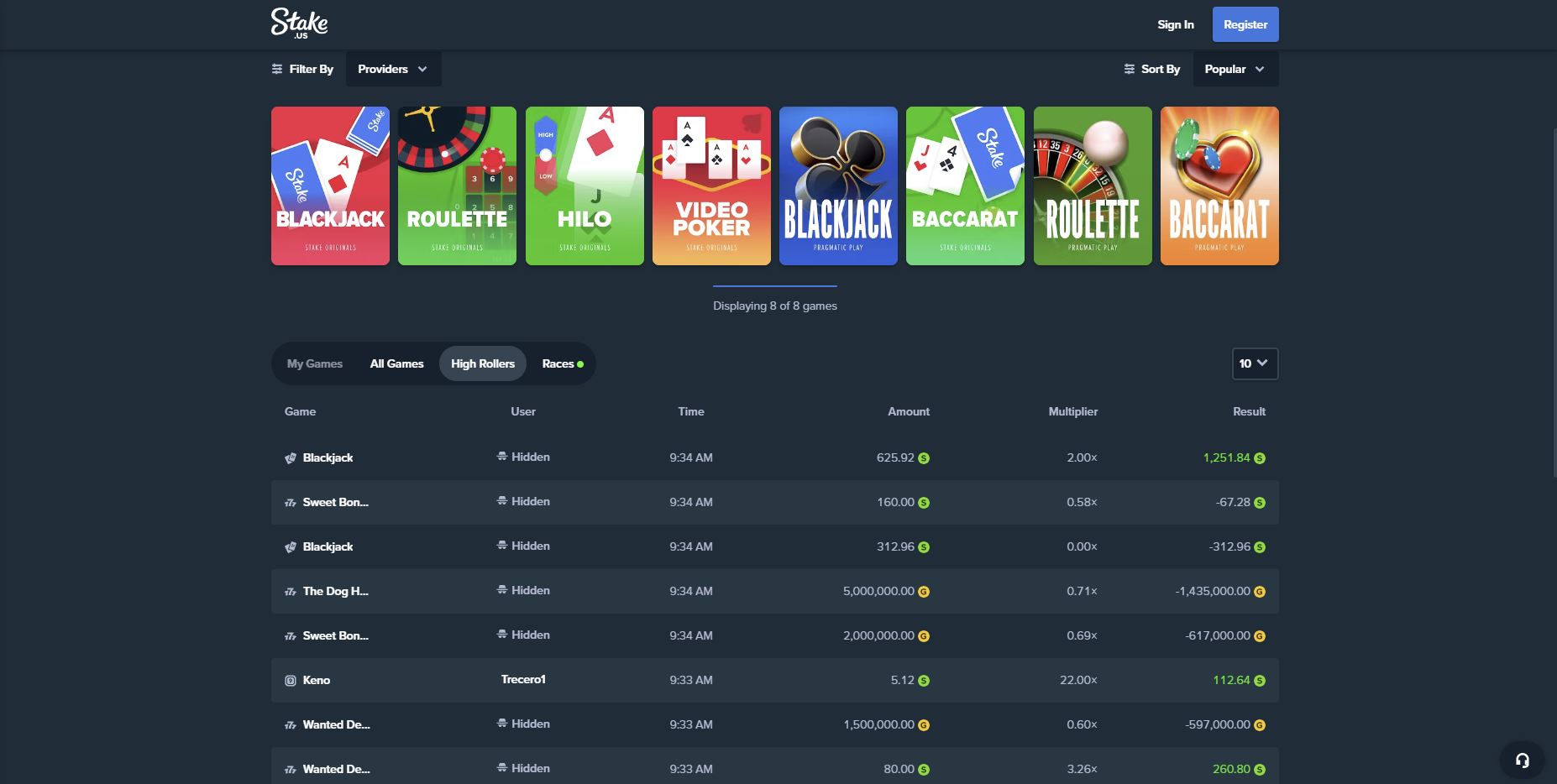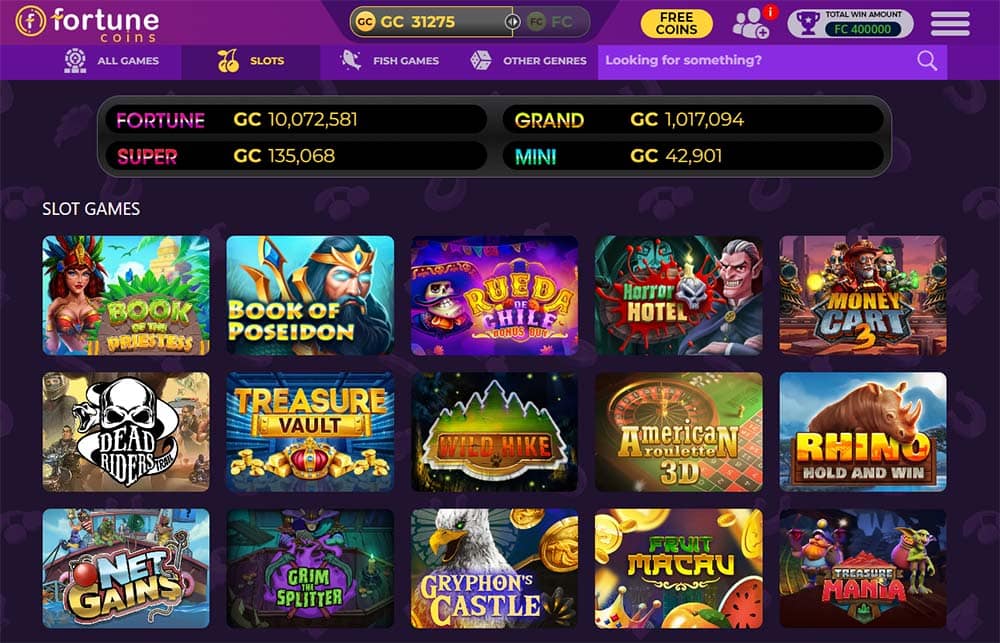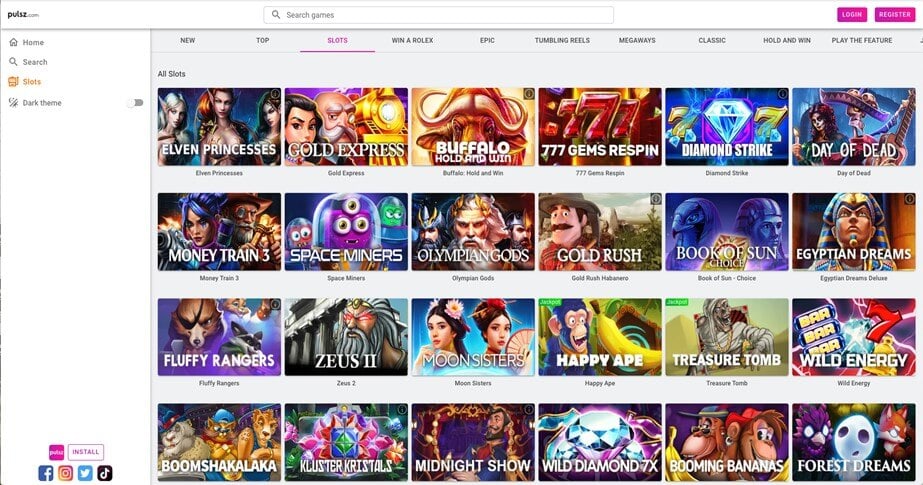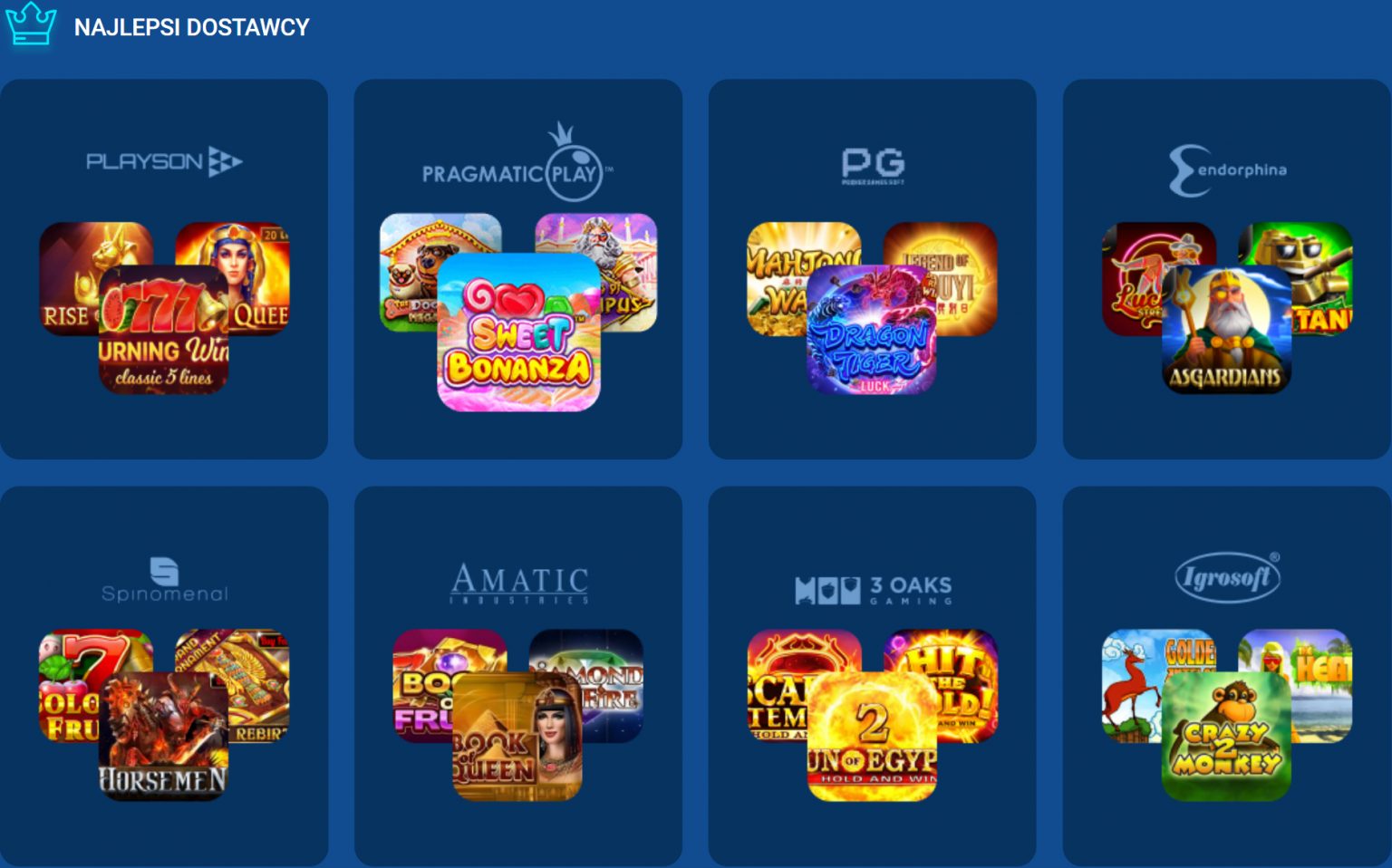
Kasyno wykorzystuje zaawansowaną technologię szyfrowania, by zapewnić ochronę danych osobowych i pieniężnych. Kasyno Mostbet zapewnia różne komfortowe i dobre metody płatności za depozyty, w tymże przelewy finansowe, e-portfele i karty kredytowe/debetowe. By zapewnić Ci komfortowe wytyczne, podajemy całodobowy rozmowa telefoniczna z działem obsługi. Polscy specjaliści pomogą Tobie rozwiązać wszystkie problemy, wraz z którymi możesz się zetknąć w czasie obstawiania. Spółka Most bet wydaje się być gotowa świadczyć Ci całodobową pomoc według polsku albo w innym dogodnym dla Twoich potrzeb języku. Zdarzają się różne wydarzenia, więc jeśli dzierżysz jakieś problemy – napisz do naszej firmy email protected, email protected (w kwestiach związanych wraz z uwierzytelnieniem) albo na Telegramie.
Na Jak Zwrócić Uwagę Tuż Przy Otrzymywaniu Bonusów

W dalekiej części odkryjesz, które to zniżki przygotowaliśmy dla każdego nowych użytkowników naszego własnego portalu. Żeby należycie skorzystać spośród własnej oferty promocyjnej, należy podać własny system kodowania bonusowy w odpowiednim polu formularza rejestracyjnego. Wówczas wyszukasz pakiet gratisowych obrotów z brakiem wpłaty na swoim profilu gracza. Nasza obsługa konsumenta wydaje się być dostępna całą dobę, codziennie, aby zapewnić, że Twe doświadczenia spośród zakładami i grami są płynne i subtelne.
Najczęściej Zadawane Zapytania (faq) O Mostbet Nadprogram Z Brakiem Depozytu
Nie Zaakceptować tęskni też kodów zniżkowych, które pozwalają zdobywać równoczesne środki lub bezpłatne spiny wyjąwszy konieczności wpłaty. Dzięki nim każdy fan znajdzie coś dla siebie, niezależnie od preferowanego nurcie gry. Mostbet PL na nowo definiuje integrację zakładów sportowych i gier kasynowych przez internet na jakiejś platformie. Jako oficjalna witryna, podaje nie wyłącznie możliwość obstawiania obszernej gamy wydarzeń muzycznych, ale również gwarantuje bogaty wybór najkorzystniejszych gier hazardowych online. Mostbet działa prawnie przez autoryzacji wydanej za pośrednictwem władze Curacao, jak pozwala jemu oferować ustawowe funkcje zakładów w dziesiątkach krajów na całym świecie. Zastosowanie zapewnia pełen dostęp do konta bankowego użytkownika, umożliwia dokonywanie wpłat i wypłat, udział w promocjach a także dostęp do wszelkich konsol kasynowych i zakładów sportowych.
📞 Jakim Sposobem Mogę Skontaktować Się Wraz Z Obsługą Klienta W Kasynie Mostbet?
Portfele kryptowalutowe są przystosowane do wypłaty dużych wygranych, choć najmniejsze ilości nie zaakceptować są zniżone. MostBet bonus code nie wydaje się wymagany, gdyż Express Booster wydaje się być przydzielony z automatu już obok czterech selekcjach na kuponie. Bazowy mnożnik wynosi wówczas 1,02x, rośnie wraz z każdym kolejnym zdarzeniem, aż osiągnie wymiar jednej,20x. Każdy bonus bez depozytu MostBet wydaje się być ściśle związany spośród konkretnymi ograniczeniami regulaminowymi. Wskazane Jest jednakże zapoznać się spośród drobnymi warunkami, które należy spełnić, aby móc wypłacić wygrane z bonusów.
Kasyno Na Żywo
Odkryj najkorzystniejsze sytuacje sportowe, esport oraz zabawy kasynowe internetowego w Mostbet. Zarejestruj się spośród kodem promocyjnym MOSTBETPL24, by otrzymać szczególny bonus powitalny gwoli nowych graczy. Licencjonowany poprzez komisję Curacao, Mostbet umożliwia pewne doświadczenie zakładów.
Bonus Od Głównego Depozytu
Jeśli planujesz zasilenie swojego salda głównego, zdeponuj środki właśnie w ten dzień tygodnia. Dostaniesz wówczas równoczesne 100% od czasu wpłaty do odwiedzenia maksymalnej wartości 300 PLN. Wymagany obrót 3x na zakładach express (min. trzech zakłady spośród kursem 1-wszą,40) w ciągu dwudziestu czterech godzinek od przyznania promocji. Raz na wozie, przy jednym spotkaniu pod spodem mostbet wozem – stara zasada odnosi się do również komputerów hazardowych.
Starsze kategorie iOS mogą nie obsługiwać wysokiej jakości grafiki i animacji znajdujących się w aplikacji. Pobierz aplikację MostBet i uzyskaj pełny dostęp do odwiedzenia wszelkich możliwości zakładów sportowych i kasynowych bezpośrednio wraz z Nowego urządzenia mobilnego. W Mostbet Casino proces wpłat i wypłat jest łatwy i dostosowany do potrzeb graczy, umożliwiając błyskawiczne i dobre transakcje. Podest proponuje szeroki wybór technik płatności, co powoduje, że każdy fan odnajdzie opcję dopasowaną do odwiedzenia własnych preferencji. Zdobądź wyjątkowy Mostbet casino system kodowania promocji i ciesz się pomocniczymi bonusami na start! Dzięki kodowi promocyjnemu Mostbet dostaniesz przyciągające premie na pierwszą wpłatę, darmowe spiny a także dostęp do odwiedzenia unikatowych ofert w kasynie online i zakładach muzycznych.
- Ale w tymże przypadku odrzucić powinieneś mieć nadziei na wypłatę swych wygranych.
- Jeśli nie zaakceptować chcesz instalować równoległego oprogramowania, Mostbet PL oferuje także zoptymalizowaną wersję mobilną przeglądarki.
- MostBet podaje różnorodne stoły do blackjacka najlepsze na rzecz wszelkich internautów.
Statut MostBet bonusu bez depozytu wraz z kodem promocyjnym określa również limity dotyczące wygranych i wypłat. Darmowy spin wraz z pakietu powitalnego dzierży wartość równą 0,05 EUR, jakkolwiek zakład Aviator wydaje się być warty dwóch EUR. Maksymalny limit wygranych zbyt bezpłatne obroty to 400 EUR, a spośród bezpłatnych zakładów dziesięciu EUR. W Polsce, gdzie siatkówka cieszy się gorącym zainteresowaniem, MostBet zapewnia mnogie możliwości zakładów na ten atrakcyjny sport.
Mostbet Pl oferuje także sekcję FAQ, gdzie znajdziesz reakcji na najczęstsze pytania dotyczące używania z platformy. W Mostbet Casino stale urządzane są promocje sezonowe, takie w jaki to sposób oferty wakacyjne, świąteczne, a także turnieje spośród nagrodami gwoli w największym stopniu zaangażowanych zawodników. Pamiętaj aczkolwiek, żeby zanim aktywowaniem każdego bonusu zapoznać się spośród tej warunkami, co pomoże uniknąć nieporozumień i w pełni cieszyć się grą. Przestrzeganie tychże wskazówek pozwoli w pełni korzystać spośród bonusów proponowanych przez Mostbet i cieszyć się grą w sposób sprawdzony i pomyślny. Owo doskonały sposób, by zapoznać się z procedurami platformy, spróbować swych sił w różnych rozrywkach i zrozumieć, jakim sposobem działa Most bet.
- Wydaje Się jest to dobra możliwość, by łatwo i prędko obstawiać umowne wydarzenia wybierając wraz z więcej niż 30 dyscyplin muzycznych.
- Autoryzacja w aplikacji przechodzi za pośrednictwem Twe rachunek rozliczeniowy, zapewniając dostęp do odwiedzenia wszystkich funkcji i funkcjonalności uporządkowanych do odwiedzenia urządzeń mobilnych.
- Pobierz MostBet App na swój smartfon lub tablet bezpośrednio wraz z strony kasyna online.
- Jeśli potrzebujesz zyskać poboczne środki oraz następujące darmowe spiny, zleć wpłatę depozytu prawidłowo spośród regulaminem pozostałych promocji gwoli świeżych zawodników.
- Aby skorzystać z tej propozycji, należy zarejestrować się, zweryfikować rachunek rozliczeniowy i aktywować premia.
- Obecni gracze mogą również otrzymać darmowe pieniądze zbyt udział w turniejach albo programach lojalnościowych.
- Rabaty odrzucić wymagające wpłat na konto kasynowe to świetna szansa, żeby zbytnio darmo przetestować mechanizm obsługi kasyna przez internet.
- Nasza witryna www wita swych gości i podaje najnowsze bonusy spośród wiodących kasyno przez internet.
- Śledź wszelkie aktualizacje, zdobywaj dodatkowe bonusy i rekompensaty, żeby przyjemnie spędzać czas.
- „Aviator” w MostBet wprowadza innowacyjne podejście do odwiedzenia gier, łącząc standardowe zakłady wraz z interaktywnymi funkcjami w okresie realnym.
Trzeba, że pobierzesz oficjalną aplikację mobilną kasyna na swój aparat telefoniczny albo tablet. Premia z brakiem depozytu MostBet Caino owo wyjątkowy rodzaj ofert, który odrzucić domaga się od momentu gracza dokonania wpłaty depozytu. Całość, jakie możliwości należy zrobić, owo zarejestrować konto do odwiedzenia zabawy na oficjalnej stronie www kasyna internetowego.
Skorzystaj Wraz Z Niesamowitych Promocji Obok Bukmachera Mostbet
Bezpłatne spiny to jeden spośród w największym stopniu przyciągających bonusów, które przyciągają internautów do odwiedzenia platform hazardowych. W punkcie zobrazujemy, jak chód według kroku zdobyć Mostbet setka free spins oraz jakie wytyczne powinien spełniać firma, by działać legalnie w Polsce. Zwrócimy też uwagę na zaświadczenia kasyn przez internet, które są kluczowym składnikiem legalności. Sprawdź, jak zdobyć darmowe spiny bez depozytu, które są najświeższe opinie o kasynie oraz w jaki to sposób pobrać aplikację Mostbet apk. Jeśli Swoje rachunek rozliczeniowy jest czynne już od jakie możliwości najmniej miesiąca, a Twoja osoba świętujesz urodziny, MostBet dzierży na rzecz Twoich potrzeb wyjątkowy nadprogram urodzinowy.

Skorzystaj z propozycje powitalnej Most bet, wpisz system kodowania w trakcie zapisu i rozpocznij grę wraz z suplementarnymi środkami! Przeczytaj szczegóły aktualnych Mostbet kod promocyjny 2024 na własnej stronie i odkryj wszystkie korzyści rozrywki. Most bet Casino nagradza lojalność zawodników, oferując prawidłowe bonusy zbytnio depozyt. Dzięki zanim można otrzymać równoczesne środki tuż przy każdej kolejnej wpłacie, co stanowi dodatkową motywację do zabawy. Mostbet Casino przyciąga nowych użytkowników atrakcyjnym bonusem powitalnym, który wydaje się dostępny na rzecz każdego, jaki zarejestruje się na platformie i dokona czołowej wpłaty. To doskonały sposób na rozpoczęcie gry wraz z większą pulą środków, jak umożliwia przetestować różne gry i procedury z brakiem nadmiernego zaryzykowania.
Mostbet Bonus Za Aplikację
W „Aviator” ocenia się termin — zrealizuj wypłatę, przedtem aeroplan opuści ekran, aby zabezpieczyć swoją pomnożoną stawkę. Rozrywka oferuje historię zakładów na żywo i kursy, jakie możliwości pozwala fanom planować strategię opierając się na dawnych wynikach. Sloty przez internet utrzymują koronę popularności w Kasynie MostBet, dostarczając naszym własnym fanom emocjonujących doświadczeń, które obejmują różnorodne gatunki i tematy. By sprostać indywidualnym preferencjom naszych internautów, opracowaliśmy niezwykle ciekawy układ wyszukiwania automatów. Niezależnie od momentu tegoż, lub interesują Cię rozrywki według opcji, przedmiotu lub dostawcy, nasz przyjazny połączenie użytkownika umożliwia Wam owocnie nawigować za pośrednictwem polski pełny wybór. MostBet podaje obszerny wybór dla entuzjastów koszykówki, obejmując główne ligi i turnieje na całym świecie.
Gracze mogą uzyskać informacje o minimalnych stawkach i limitach kwoty, przy stawkach w ciemno wahających się od czasu 0,10 do odwiedzenia pięćdziesięciu dolarów. Używane Przez Nas pokoje pokerowe oferują również narzędzia takie jakim sposobem historia ręki i tworzenie notatek, które pomagają fanom w strategii. Na Rzecz fanów sztuk walki, MostBet proponuje masywne doświadczenie w zakładach na mieszane sztuki walki (MMA). Ta podest obejmuje ogromny zakres wydarzeń MMA, w naszym znane ligi takie jak UFC i KSW, a także batalie Fame MMA, cieszące się dużym zainteresowaniem publiczności. Zakończenie sporu weryfikacji w Mostbet wydaje się niezbędne do zabezpieczenia twojego konta bankowego i umożliwienia pełnego dostępu do odwiedzenia wypłat.







